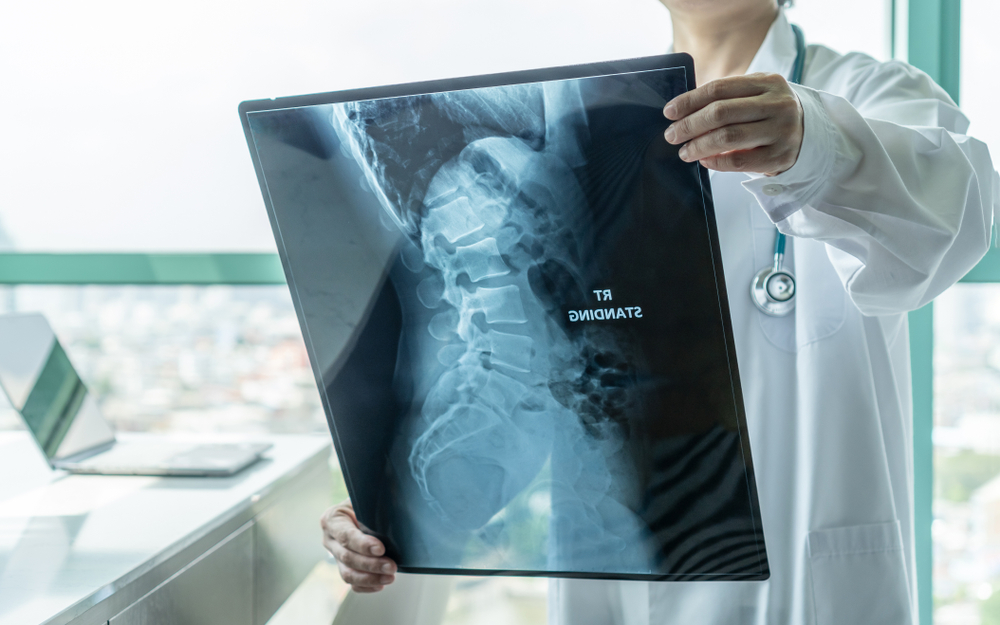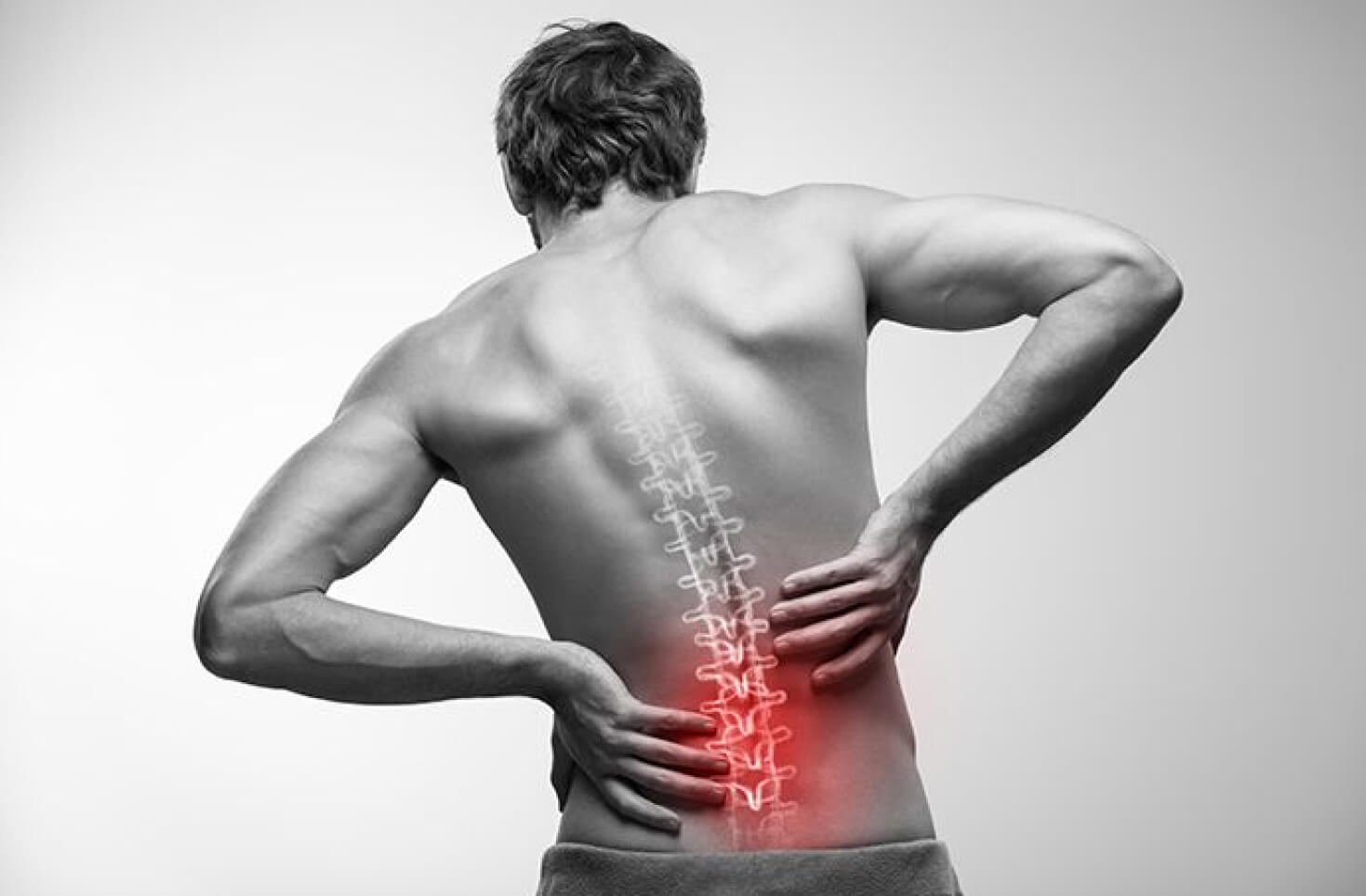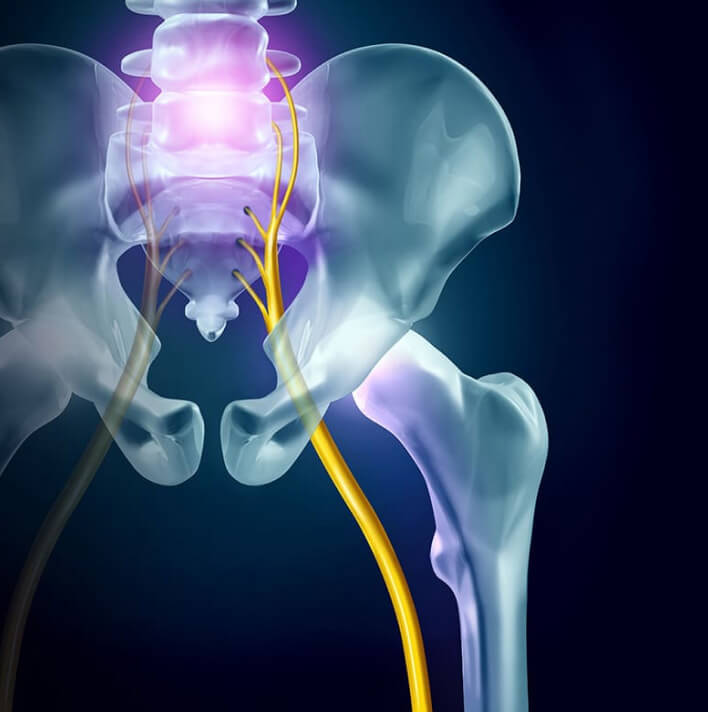Spinal Stenosis Symptoms & Treatments
If you’re living with the constant pain and discomfort of spinal stenosis symptoms and have already tried multiple treatment options without success, don’t give up hope. Our team of experts has helped many patients find relief and return to their daily activities. Our non-invasive treatments are designed to address the root cause of spinal stenosis and promote healing so that you can enjoy a pain-free life. Don’t give up! The Nerve & Disc Institute has helped many patients end their pain and regain their lives.

You are not alone.
Thousands of patients just like you have found success at The Nerve & Disc Institute when all other treatments failed. Contact us to see if you qualify for treatment

Symptoms
- Numbness or tingling in a hand, arm, foot or leg
- Weakness in a hand, arm, foot or leg
- Problems with walking and balance
- Neck Pain
- Back Pain
Spinal stenosis can cause a number of annoying symptoms that can get worse over time. You might experience numbness or tingling in the extremities. You might also feel weakness in the same places. Which kind of spinal stenosis you have will determine which extremities are affected, with a correlation between cervical stenosis and arm problems or lumbar stenosis and leg or feet issues. Cervical stenosis can also cause neck pain and problems with balance. You might experience difficulty walking as well. In the worst cases, patients may also experience incontinence and other types of bowel and bladder issues. Lumbar stenosis can cause back pain and extreme leg pain or cramping. Standing for long periods of time or walking far can pose problems and cause pain that won’t go away until you sit down and take a break.
Patient Recovery Stories & Reviews
What Is Spinal Stenosis?
Spinal stenosis is a narrowing of the spaces within your spinal column. This puts extra pressure on the nerves that travel up and down your spine, causing a number of problems and painful symptoms. This disorder can be caused by simple wear and tear over time, especially in patients with osteoarthritis. Overgrowth of bone, tumor growth, or herniated discs can also lead to the development of spinal stenosis.
There are multiple kinds of spinal stenosis that can affect different parts of your spine. Lumbar stenosis, for example, affects your lower back, while cervical stenosis affects the part of your spine found in your neck. Lumbar stenosis is the most common kind of spinal stenosis.

What Causes Spinal Stenosis?
The bones of your spine form a spinal canal, which protects your spinal cord (nerves). Spinal Stenosis occurs when something happens to narrow the open space within the spine. Common causes include herniated discs and spinal injuries.
Treatments we offer
The Nerve & Disc Institute’s™ IntraDiscNutrosis® treatment program is a medical breakthrough
The Nerve & Disc Institute’s™ IntraDiscNutrosis® (using DiscLogix®) treatment program is a medical breakthrough for people suffering from bulging discs, herniated discs, degenerative disc disease, stenosis, sciatica, and other disc-related symptoms. It is not physical therapy, chiropractic adjustments, pain management, injections, or spinal surgery. Your disc has built-in mechanisms to repair itself, and IntraDiscNutrosis® gets them working again. Now you have a proven alternative to invasive procedures like surgery or epidural injections.

